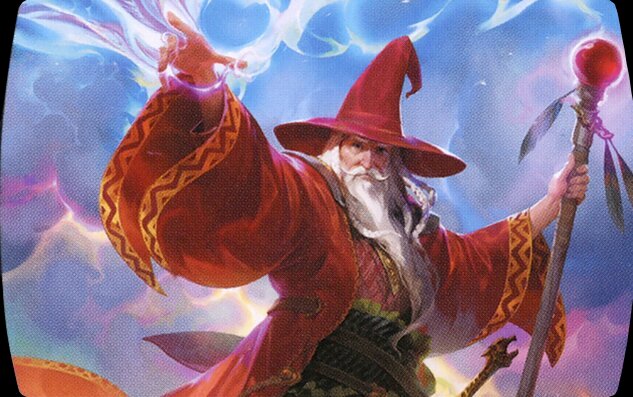Deck & Commander Strategies

Elminster
Focuses on wizard tribal synergies, casting spells to generate card advantage and board presence, aiming to control the game through a combination of counters and efficient creatures.

Ghyrson Starn, Kelermorph
Utilizes morph and transformation mechanics to keep opponents guessing while deploying disruptive creatures. The deck aims to out-value opponents with surprise threats and incremental advantage from morph triggers.
Gameplay Insights
- 1
Effective use of morph mechanics by Ghyrson Starn created uncertainty and tempo swings.
- 2
Elminster's strategy involved careful spell sequencing to maximize wizard synergies and maintain card advantage.
- 3
Timing of reveals and counterspells was crucial, with each player vying to disrupt the other's key plays.
- 4
The game highlighted the importance of adaptability and reading opponents' potential hands through board state clues.
Notable Cards
-

Ghyrson Starn, Kelermorph
-

Elminster
Gameplay Summary
The game between Elminster and Ghyrson Starn, Kelermorph unfolded as a strategic duel with both players focused on leveraging their commanders' unique abilities to control the board and generate card advantage.
Early turns saw careful resource management and setup plays, with Elminster aiming to build a strong board presence through spells and creatures that synergize with his wizard theme.
Ghyrson Starn, Kelermorph utilized his morph and transformation mechanics to apply pressure and disrupt Elminster's strategy.
As the game progressed, both players engaged in a tactical battle involving multiple spells and creature interactions, with key moments revolving around the timing of morph reveals and counterplays.
The game likely culminated in a decisive swing when one player capitalized on a crucial board state or combo, securing victory through superior tempo and card advantage.



















